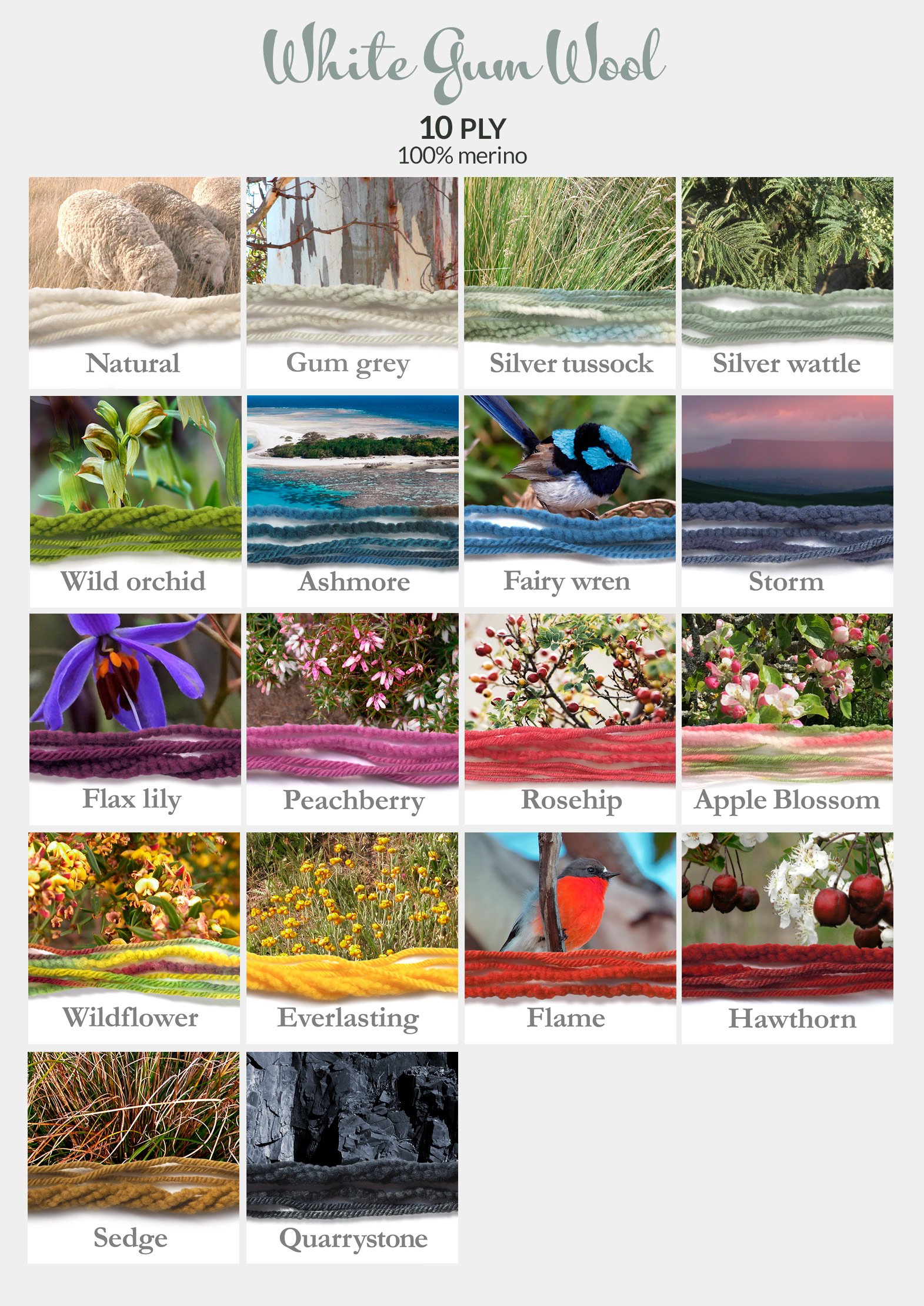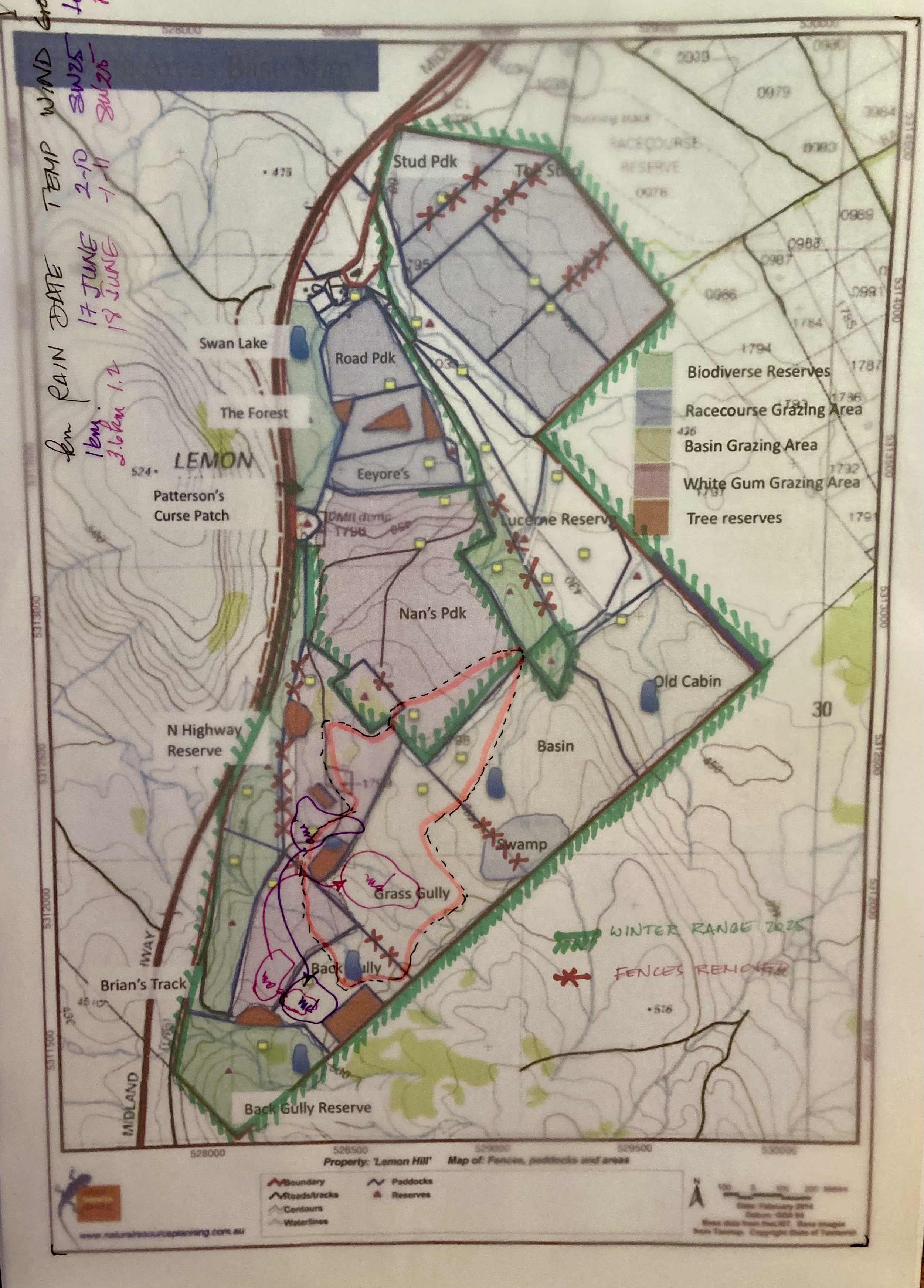NQS: Not Quite Shepherding
After the rather difficult year last year, we seem to have turned a corner. Shearing went well, the container full of yarn from Design Spun showed up (both at the same time, causing some logistical difficulties) and though it has been very dry, at least the weather during and after shearing was wonderfully mild, making my job much easier!
It wouldn’t be WGW without some kind of experiment in progress, and this winter is no exception. Read on for an account of NQS: Not Quite Shepherding.
Before I launch into the farm news stories, though, I want to let you know that we are refurbishing our website, and are hoping for some help from you. At the end of this post is a short survey about your experiences with our current website, with the opportunity to give us valuable feedback. I hope you’ll read this Yarn all the way to the end, and then fill out the survey. Your comments will be most appreciated!
Shearing took up the first couple of weeks of May, and went surprisingly well. The clip is the best one I’ve had for about 3 years, and to prove it, one of my fleeces took first place in the prestigious Vitale Barberis Canonico superfine fleece competition at the venerable Campbell Town Show in late May. This is the first time I’ve won the competition, though I did manage a second place the first year it was held, probably 15 years ago. Contributing to the win were the skills of woolclasser Tiffany Collins and the quality of fleece from one of the (now grown up) lambs I bought 4 years ago from Allan and Carol Phillips of Glen Stuart. My contribution was making sure he had enough to eat!
Allan and Carol celebrating the win with me.
The much-anticipated big shipment of yarn arrived in a container in the middle of shearing. About 1800 kg of finished yarn, made up from the previous two years of greasy wool, is the largest single shipment of yarn I’ve had yet. Because Design Spun, my much-loved mill in NZ, is on the market, with no firm buyer yet in sight, I felt I should get all of the fibre I had on hand processed while I could. This added to the logistics of shearing, as we had to store the existing inventory, the new inventory (a similar amount) and the greasy wool from this year’s clip all at the same time. It was tight, but we made it work.
The freshly-pressed bales of greasy wool cheek by jowl with cartons of yarn. There were even more cartons inside the wool shed.
The new shipment includes expanded colour ranges in the silk/merino blends and the 100% merino 10 ply. We’ve added a 10 ply in the silk/merino as well, so lots of beautiful new yarns to choose from. We’ll be introducing a new Journal about WGW yarns in the next couple of months, so keep an eye out for it. We haven’t settled on a name, but are thinking about YAY! (Yarns about yarn).
The expanded colour range in 100% merino 10 ply
Now we get to the fun part — my experiment in flock (non) management. The difficult lambing season last year set me thinking about the factors that contributed to the problems I had. Although it didn’t directly cause lamb deaths, it seemed to me that separating the ewes from their friends and relations in the main flock may have made it harder for them to cope with the stresses of lambing. I decided that this year I would try leaving the pregnant ewes with the flock, so that they’d have the support of their own mothers, siblings, cousins and maybe even grandmothers.
Lambing 30 ewes in a flock of 550 is a bit tricky, as I need to be able to find them among all the dry sheep if they need help. I’ve marked each of the pregnant ewes with a big green dot on her bottom, which I can see from a distance. I will also need to be monitoring the whole flock every day during lambing, but without disturbing them. I needed to practice! So for the past couple of weeks, I’ve been doing what I call Not Quite Shepherding. It looks a lot like shepherding, WGW style, but without putting any pressure on the flock. Our job (me and the dogs) is simply to find the flock, try to make sure no one has gone down in the long grass and can’t get up, and check on the health and well-being of everyone.
Joker and Pearl in the background. This is one of our favourite lookouts, not least because it’s the right height for ageing knees, and also has some small creature burrowing under it, keeping Fly occupied!
I didn’t realise how much I had been missing shepherding! I stopped because I knew the flock was locally adapted and no longer needed (or wanted!) my instructions about where to graze and when. When I realised I could have a lot of the fun of shepherding with NQS, I was delighted. I dug out my pack, fitted it up with my thermal pad for sitting on logs, my rain gear, pockets for my binoculars, water bottle, and dog lead for Fly (just in case her enthusiasm for sheep got the better of her). I added foot restraints called ‘sheep cuffs’ if I needed them to secure a sheep in strife while I go back for the vehicle, and a towel to protect the sheep’s eyes from marauding crows until I can get back and pick it up.
Perhaps the loveliest thing about NQS is that I’m walking over parts of the farm where there are no formed tracks, so I’m seeing things I haven’t seen for a while, like chats tiptoeing across the water weeds in a nearly, but not quite dry, waterhole, and hearing bird calls I haven’t heard in a while. After the inch and a half of rain last week, I’m hearing frogs anywhere there’s a bit of water pooling.
The map below gives you an idea of an NQS morning. The green hashes outline the area the sheep have access to. The red xxx’s are sections of fence I’ve taken out to make access easier. The black dashed line with pink highlighter marks the track I walked on Wednesday — a total of 3.6 km. The pink and purple areas show where the sheep were morning and evening of Tuesday (pink) and Wednesday (purple). As you can see, the sheep are capable of agreeing to move a surprisingly long distance in a day. The contours of the paddocks and the direction of the wind both play a role in their decision process. The strong southwesterly wind on Wednesday left them sheltering in a big hollow (morning) and a steep-sided gully (afternoon), out of the wind.
That’s probably enough farm news for now. I hope you’ll take the time to respond to the survey below. We really do need your help and advice to make the new website work better for you!
WGW website survey
We're so pleased you are willing to help us as we re-design our website, including your experience of our yarn shop. We'd like to know a few things about you and why you visit us. Then we'd like to get you to tell us what you like and don't like about the website as it stands. Thanks in advance for your time and energy in filling out the survey. Your feedback is highly valued!





